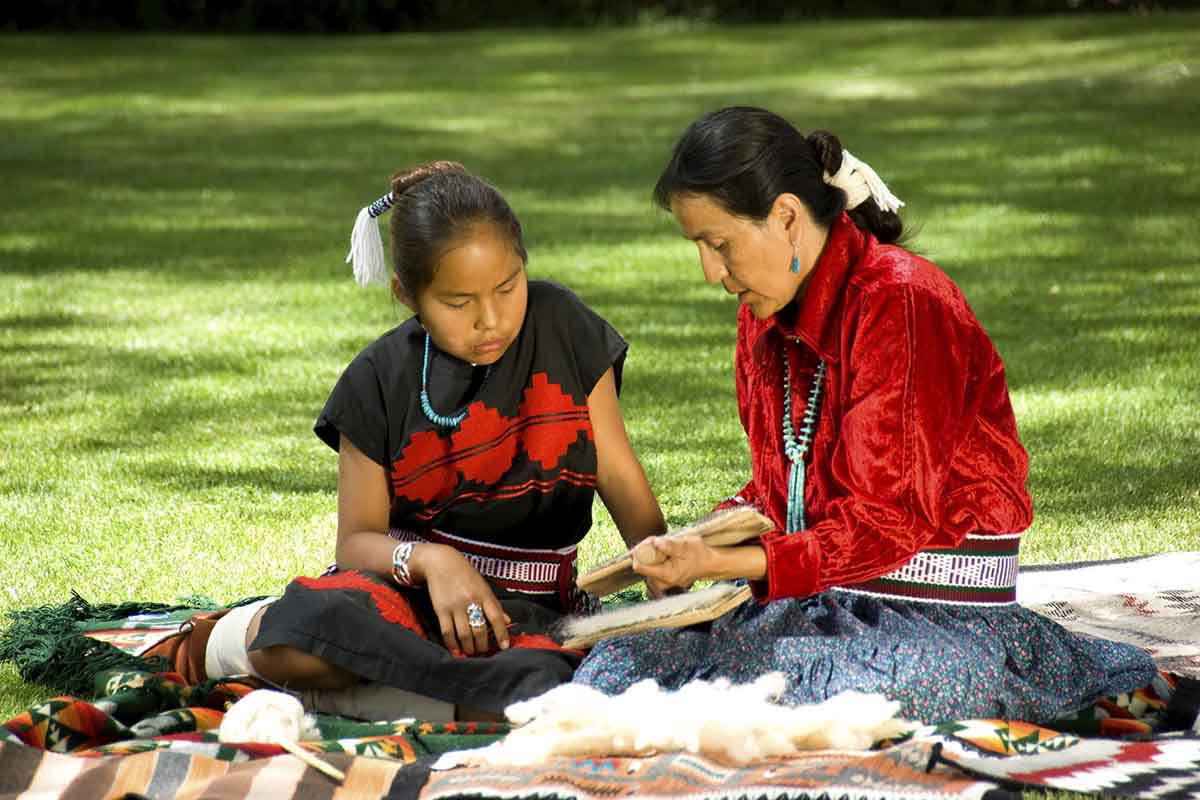8 Ways To Design A Culturally Responsive Curriculum
Every society has norms that include its customs, languages, beliefs, ideas, religions, and social behaviors. These collectively make up a culture. When people from different cultures come and live together in any country, that country must adopt an inclusive approach toward its people. Hence schools become an integral part of this adapting process since it is here where young minds can learn inclusivity and grow up into tolerant adults.
With the increase in globalization, many schools are now focusing on designing a culturally responsive curriculum. Such a curriculum helps students learn about various cultures and gain extra knowledge at a young age. It helps them become valuable assets to diverse and inclusive workspaces when they enter their professional lives.
Developing a culturally responsive curriculum is not an easy feat. If not done right, it may confuse students. So, if you wish to design a culturally responsive curriculum, listed below are a few tips that may help you in the process.
Research before making the curriculum
Always research what is currently being taught to identify how to improve it. The research will help you determine where the course material is lacking. You can also look at what other schools are teaching and doing to improve their curriculum. Get more teachers involved in this stage because two heads are always better than one, right? This also brings us to the next point.
Hire qualified teachers
You can hire teachers from diverse backgrounds and bring a unique set of skills to the school. Each will share their unique point of view during the development process. Or you can encourage existing staff to pursue higher education and upskill.
An online MS in Educational C&I program is suitable for this purpose since it equips teachers with the skills and know-how essential for curriculum design and instruction. The online route enables teachers to upskill in a more flexible manner.
Always keep an inclusive approach
It is essential to have an inclusive approach when designing a culturally responsive curriculum. Try to make the learning process more like a dialogue in your classroom. This way, students get to learn more through discussions.
Also, ensure feedback is an integral part of your inclusive approach. Keep asking students and their parents for ways to improve the curriculum according to their cultures and norms. You can collect this feedback via meetings and surveys. Start each class with a greeting in a different language and then teach students about that respective culture. Adding context to cultural learning makes the learning process more engaging.
Know your students
Familiarize yourself with your students and their respective backgrounds. You can host an introductory session where each student shares something about their background. It will make it easy for you to make connections in the classroom.
Also, it makes it easier for the students to understand different cultures if they hear them from their peers. Try to encourage students to speak up about their local communities. This kind of discussion helps other students to get a feel of the different cultures and areas.
Create groups
Teamwork and collaboration are essential for creating an inclusive learning experience. You can group students from different cultures to learn from one another and become empathetic toward each other’s perspectives.
You can also give group assignments to encourage students to research and explore other cultures. Ask students to study something about a different part of the world or group of people. Then tell them to share their findings with their peers. It will help to create a more interactive learning experience.
Organize cultural events
Every school hosts a funfair or a carnival, a recreational day for the students and their families. Why not make it a cultural day and encourage people to dress up in their respective cultures and set up stalls? The stalls can showcase particular artifacts, sell native food, display national costumes, etc. This can also help educators connect with students’ families and learn more about their respective backgrounds.
Include cultural tours
You can expand the learning experience by including cultural tours. Most cities have museums, buildings, locations, and events that depict history, religion, and culture. Include visits to such places in the semester so that students can have a fun time while learning diversity. After the field trip, ask students to prepare an assignment or presentation. Combining visuals and recreation with education helps students learn better.
Make cultural learning accessible
We live in a digital age, and students must use social media, especially when learning about different cultures. So, use collaborative learning through social media, or encourage students to build connections with other students from around the world on the internet.
You can also partner with other international school institutions for assignments and exchange programs. Doing so will expose people to what it feels like when working in culturally diverse teams. This skill will come in handy when they steam into their professional lives and become part of a digitally connected global workplace.
Conclusion
Cultural sensitivity is crucial for students today since they will be part of a globally interconnected and diverse workforce in the future. Therefore, your school must be equipped with a culturally responsive curriculum in today’s times.
This article mentions a few tips to help you go about this task. Research before making the curriculum, hire qualified faculty, keep an inclusive approach, and know your students. Incorporate cultural events and visits, and make cultural learning accessible. By following these tips, you can make students more tolerant when they grow up.



















